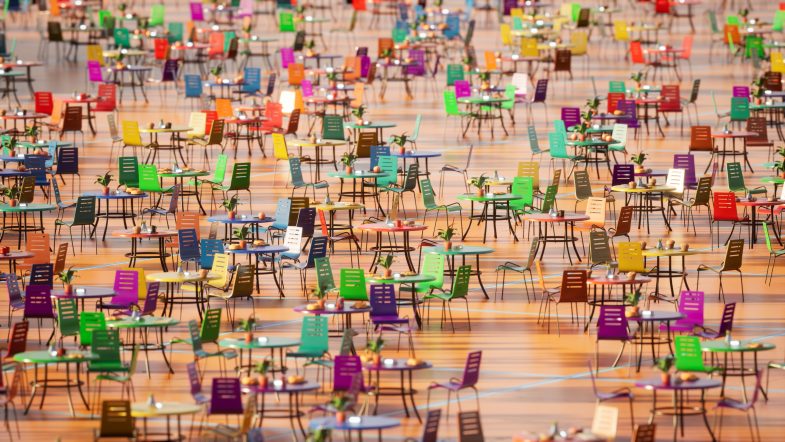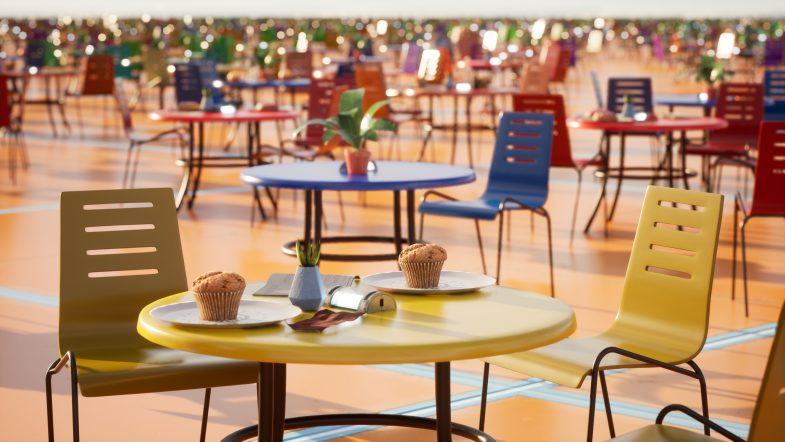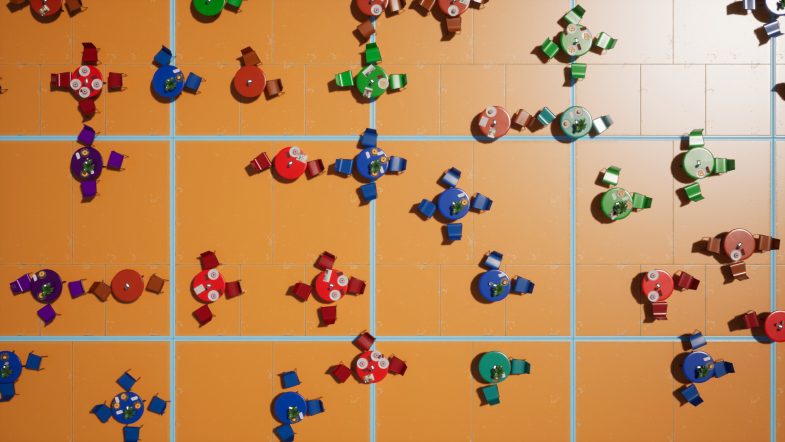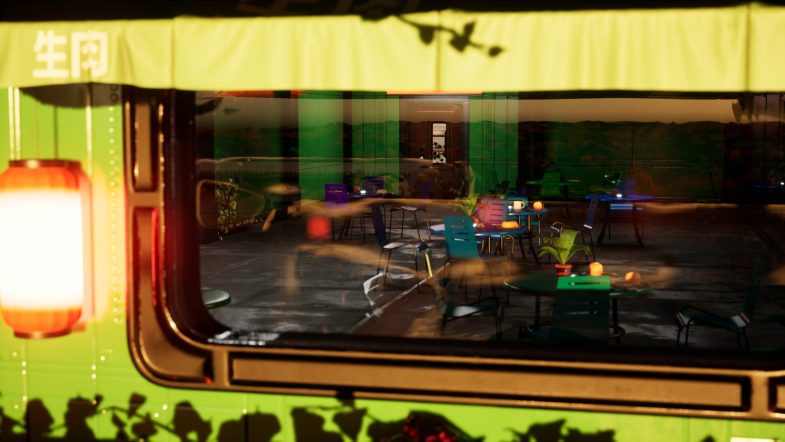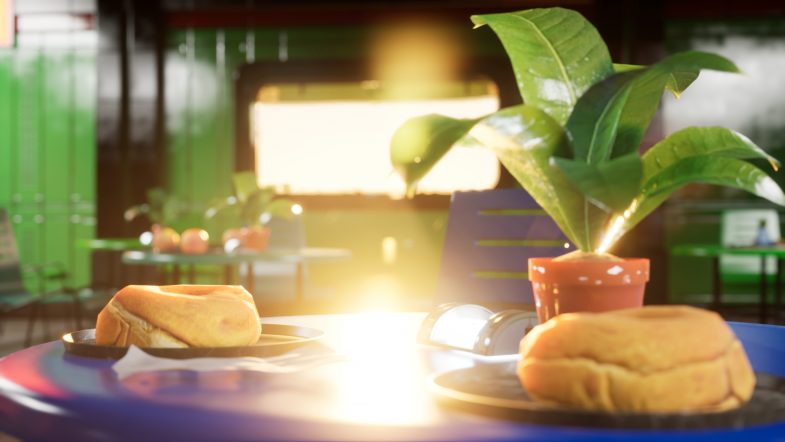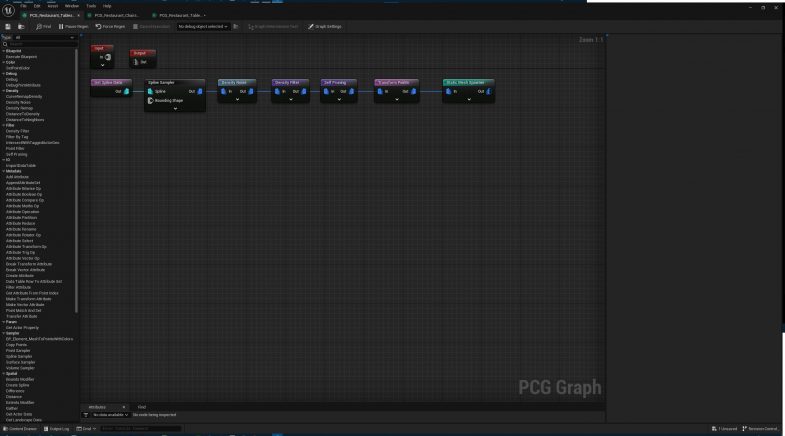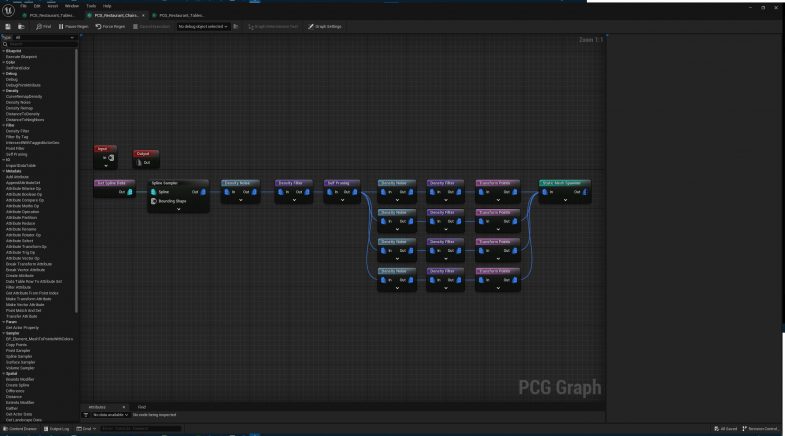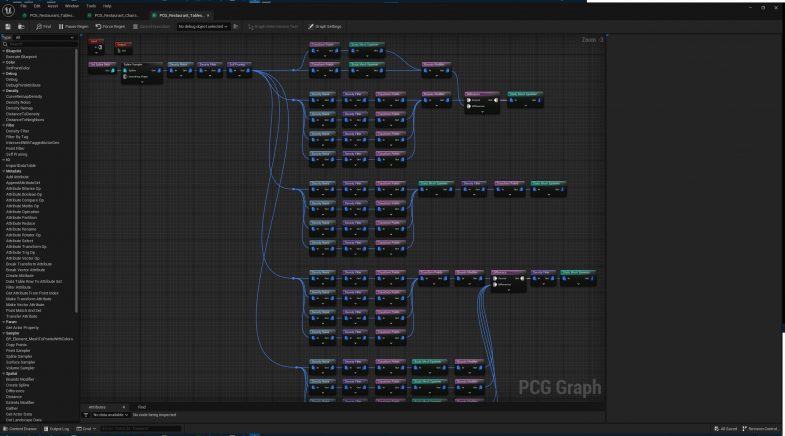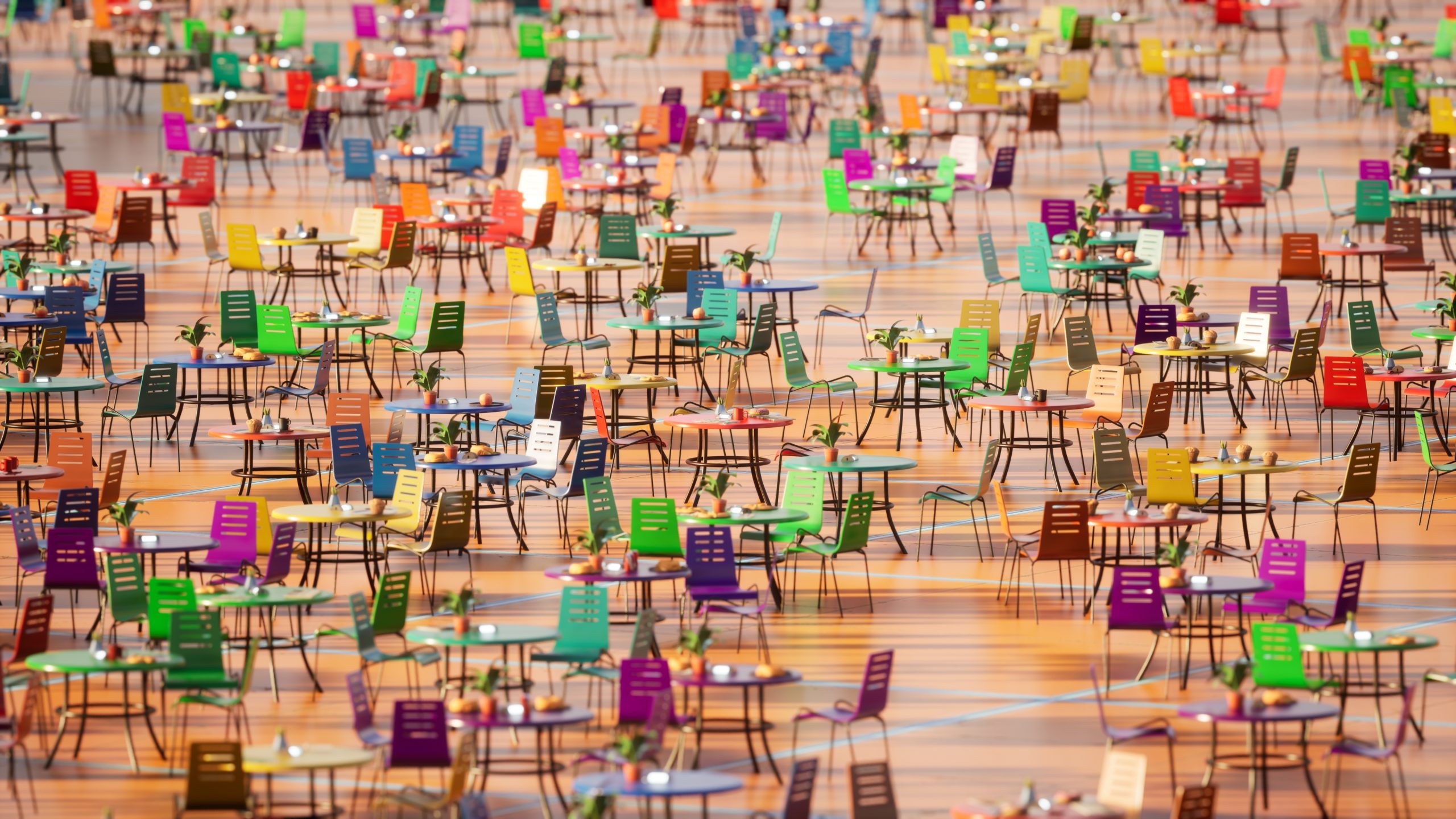Epic Games has delivered the best of both worlds for 3D environment artists like me. What do I mean? Unreal Engine 5.2’s procedural content generation (PCG) framework empowers 3D artists to achieve efficiency and scale in world-building without inhibiting the creativity of hand-built environmental content. With the official release, 3D artists were given a toolset to quickly build and iterate on huge open-world environments in real-time with easy integration into existing pipelines and workflows. Also, zero third-party tools are needed. It’s an incredibly attractive value proposition to artists like me (and to anyone using #UnrealEngine). If you’ve seen my last few posts, you know that I’ve been testing how far I can push the new PCG framework. It’s quickly changing my approach to creating environment art. And it’s opened my eyes to how big of a leap forward this tech actually is. I’ve been immersed in thinking about how much I can accomplish by simply defining specific parameters and leveraging Unreal assets to populate in-engine scenes. So, I thought I’d break down some of the PCG graphs in an ongoing project from simple to advanced to show the power and quick scalability of this new system. I’ve been working on this Cyberpunk-inspired sci-fi environment and wanted to add in some set dressing. That meant making a tool to quickly add tables, chairs, and a few decorations on top of the tables to give the scene some character. In this video, you can see that with a simple mix of static meshes, material instances, and of course the PCG graphs, I was able to accomplish this task pretty easily. A few details of this project: · I structured this tool from simple graphs and rules to procedurally generate each static mesh table and surrounding details. · The graphs are built by expanding upon the table graph which is used as the foundation of the tool system. · All assets are from my Unreal Engine Marketplace collection. Many items are from the monthly free content from Epic Games. I’ll keep tinkering and sharing updates in the future. But I’m interested to know… how is PCG changing your approach to 3D environment art? Is it shifting how you think about problem-solving? And, what are you excited to try and explore as this tool matures? FOLLOW ME: Website: https://www.marktaylordesigns.com/ Artstation: https://www.artstation.com/markedwardtaylor Instagram: https://www.instagram.com/marktaylordesigns/ LinkedIn: https://www.linkedin.com/in/markedwardtaylor/ Don’t forget to like and subscribe . . . . . Music by ItsWatR – WatR – Double Overhead #unrealengine5 #unrealengine #UE5 #3dart #3dartist #3dartwork #3Dmodel #environmentartist #environmentdesign #realtimegameengine #realtimeasset #gameengine #proceduralcontentgeneration #proceduralcontent #scifi #scifiart #cyberpunk #prop #detail #setdressing
